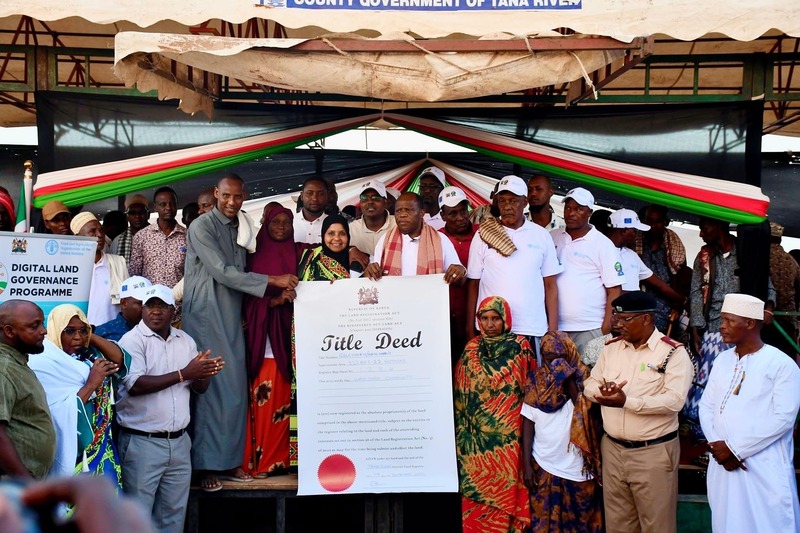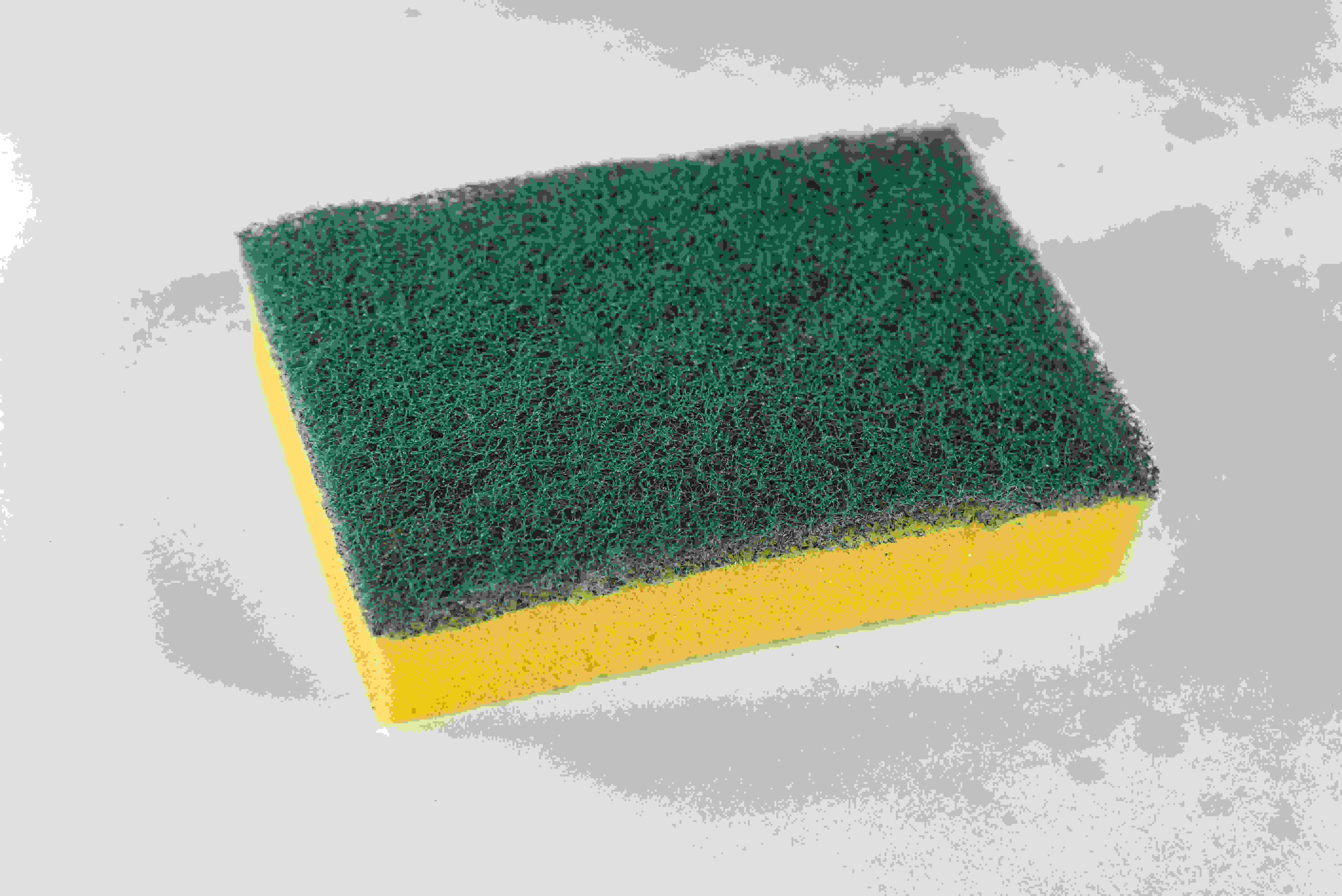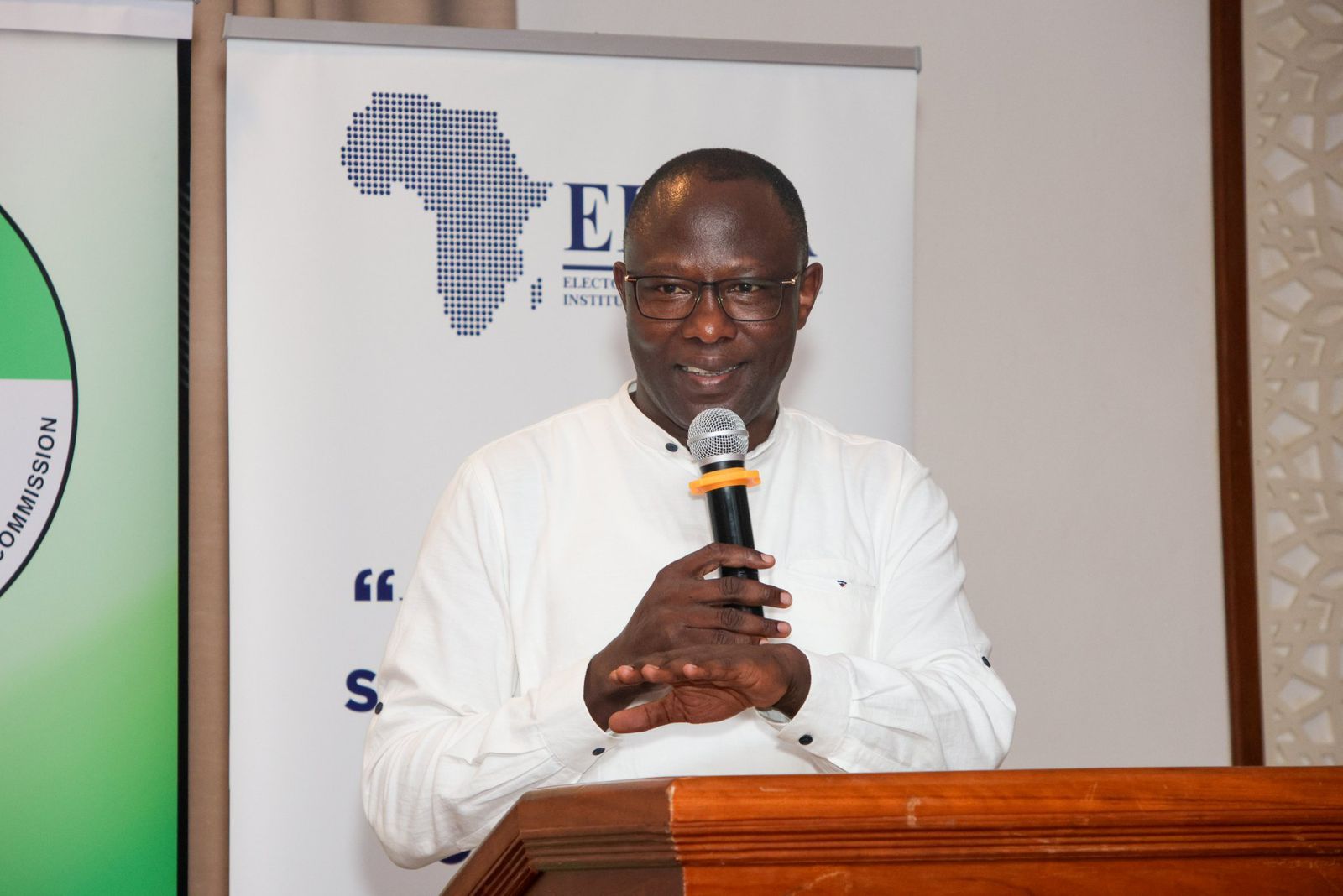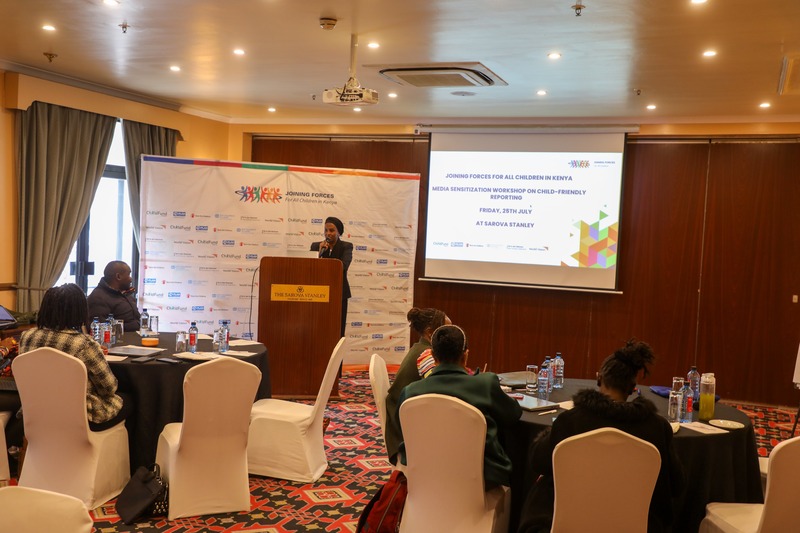Kenya to produce 70 million livestock vaccine doses annually by 2027
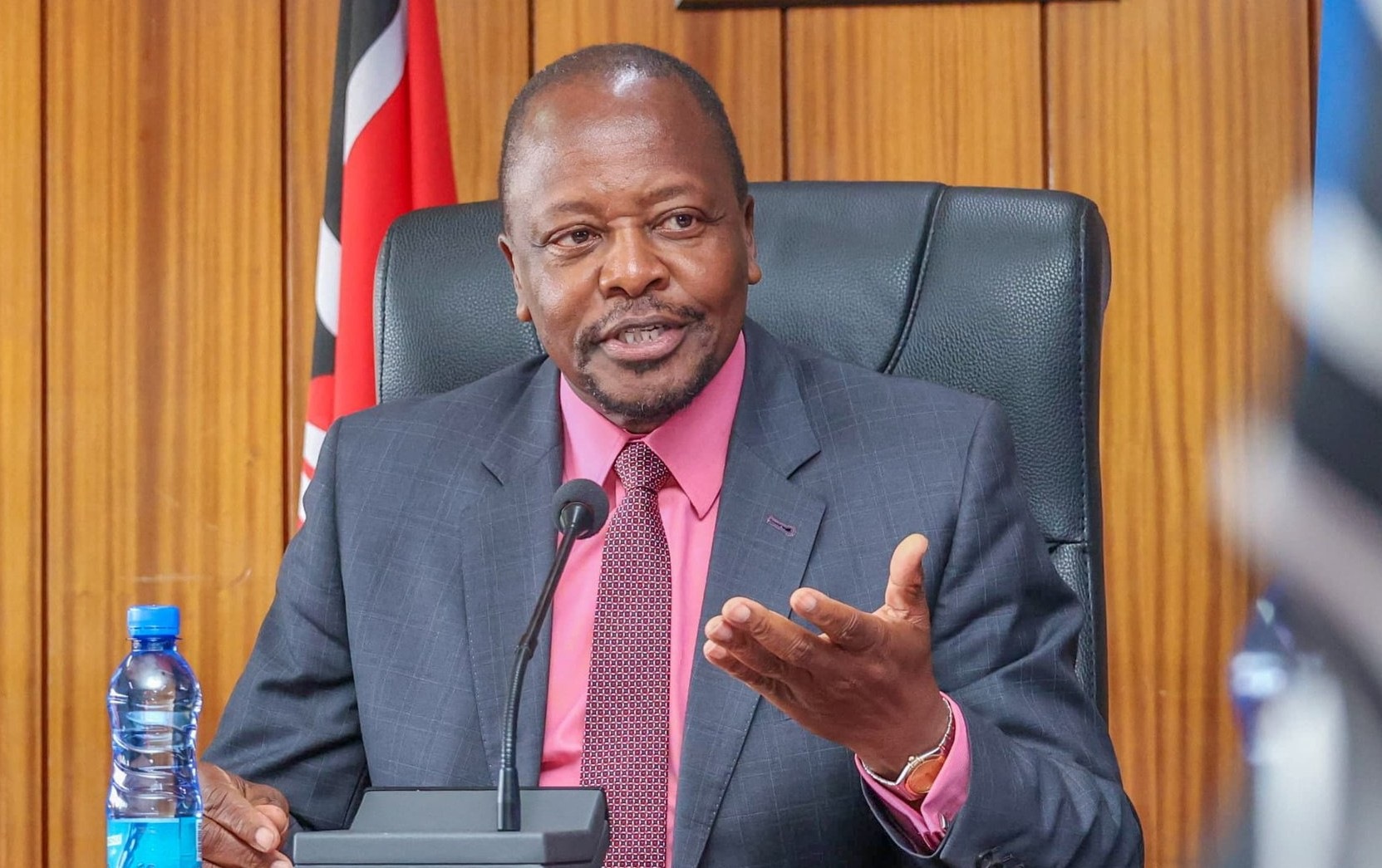
Agriculture and Livestock Development Cabinet Secretary Mutahi Kagwe said Kenya was already earning continental recognition for its vaccine exports and was now looking to expand into new markets, including Rwanda, Mali, Burundi, Djibouti and the Democratic Republic of Congo.
Kenya is set to significantly increase its livestock vaccine production over the next two years, targeting 70 million doses annually by 2027 as part of a broader plan to safeguard animal health, boost food supply, and expand its role as a key vaccine exporter in Africa.
This expansion is part of the 2023–2027 Strategic Plan launched by the Kenya Veterinary Vaccines Production Institute (Kevevapi), which outlines steps to improve access to high-quality and affordable vaccines for farmers across the country and in the region. The current production stands at 35 million doses each year.
More To Read
- State rolls out milk coolers in fresh Sh1.4 billion bid to boost dairy sector
- Africans survived 10,000 years of climate change by adapting food systems – Study offers lessons for modern times
- Sharp decline in childhood vaccinations leaves 133,000 children unprotected – report
- Somalia issues nationwide alert as hepatitis cases surge
- Agriculture CS Kagwe pushes for leasing of idle public land to curb reliance on food imports
- MoH says Kenya fully stocked on vaccines as Sh4.9 billion allocation secures future supply
While unveiling the Sh10.8 billion roadmap in Nyeri, Agriculture and Livestock Development Cabinet Secretary Mutahi Kagwe said Kenya was already earning continental recognition for its vaccine exports and was now looking to expand into new markets, including Rwanda, Mali, Burundi, Djibouti and the Democratic Republic of Congo.
“When we went to Paris for the World Health Organisation (WHO) meeting, I made sure I pointed out that Kenya is an animal vaccine producer. Since then, I have received many calls from people who want to buy vaccines from us,” said Kagwe.
“As you know, Kevevapi is an animal vaccine producer and one of the very few on the African continent. We are very proud that we export many vaccines to many countries. Most of them have been in Africa, but increasingly outside the continent, and this is an important and very strategic institution for Kenya because without it, we will not be able to secure animals in our nation,” he added.
Figures from Kevevapi show that 177.2 million vaccine doses were produced between 2018 and 2022, with 14 different types manufactured during that period. Of these, 11.3 million doses were exported to other countries.
As part of the plan, the government intends to modernise the institute’s infrastructure to meet global manufacturing standards.
Kagwe said this will help the country respond more effectively to livestock diseases such as lumpy skin disease, foot and mouth disease, and Peste des Petits Ruminants, which have been a major threat to farmers.
He added that international demand for vaccines is rising, with consumers increasingly concerned about food safety.
The CS said Kenya’s ongoing mass vaccination programme is aimed at helping the country achieve disease-free status within three years.
“The demand for vaccines globally is going up because of the insistence by most consumers to know that the animals they are eating are healthy. And this is one of the reasons we have embarked on a mass vaccination campaign to ensure that Kenya is declared one of the countries that are disease free in the next three years, so that the importers of our livestock can do so knowing that they are safe and secure not just for food but also for sustenance in their own countries,” Kagwe said.
He also dismissed claims that the vaccines being used in the country’s current mass vaccination drive are donations from international philanthropists, clarifying that Kenya is self-reliant in animal vaccine production.
“There was propaganda about the source of our vaccines, that they were donated to us by an American tycoon. That is not true. The truth of the matter is that Kenya is an exporter of vaccines. We export foot and mouth disease vaccines to other parts of the continent, so it would not make sense for us to say that we are importing the vaccines while at the same time exporting,” said the CS.
Livestock Development Principal Secretary Jonathan Mueke, who also addressed the gathering, praised the institute’s new plan, saying it aligns with the government’s Bottom-Up Economic Transformation Agenda, particularly its focus on food security and improved nutrition.
Top Stories Today






